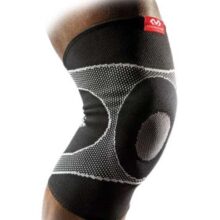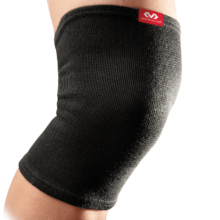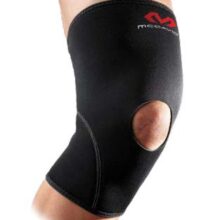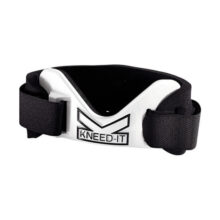Active Comfort Compression Knee Sleeve
Login For Dealer Pricing
The McDavid Active Comfort Compression Knee Sleeve is an ultra lightweight knee sleeve that uses tech print technology to deliver outstanding compression, support and stability in a single package.










